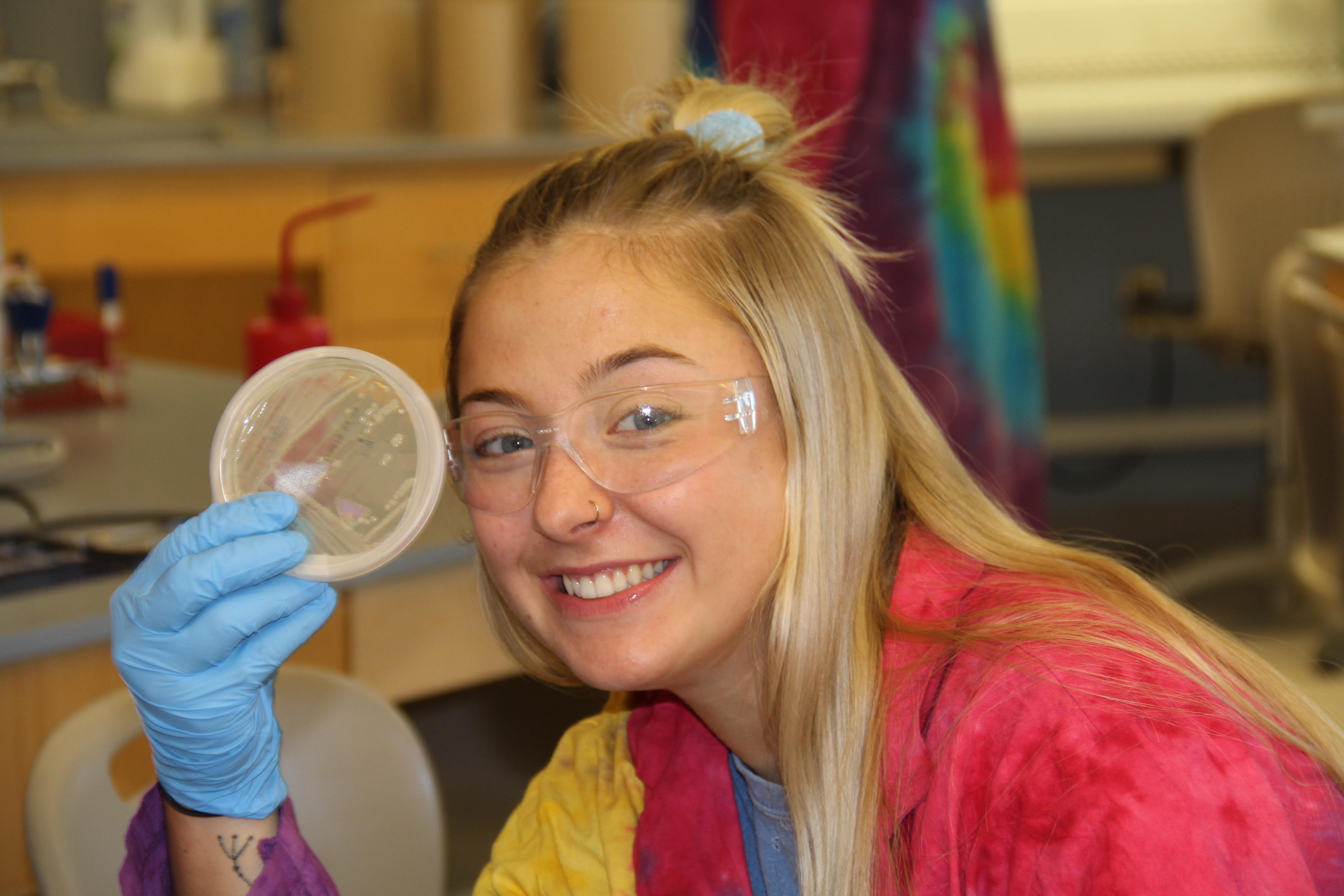
Rapid advances in genomics and bioinformatics, the vast amount of data generated by next-generation sequencing, and the penetration of the ‘-omics’ into many areas of biology have created a need for students with hands-on experience with computational and ‘big data’ methods. Additionally, laboratory experience in the isolation, identification, and characterization of unknown bacteria is a vital part of a microbiology student’s training. This lesson is a course-based undergraduate research experience (CURE) focusing on Salmonella enterica, a common and relatively low-virulence foodborne pathogen. In Module 1, students isolate and identify S. enterica strains from stream sediment, poultry litter, or other sources. They conduct phenotypic evaluation of antimicrobial resistance (AMR) and can search for plasmids. Isolates’ whole genomes may be sequenced by the United States FDA or public health laboratories, typically at no charge. In Module 2, students learn basic methods of genome assembly, analysis, annotation, and comparative genomics. They use easily accessible, primarily web-based tools to assemble their genomes and investigate areas of interest including serotype, AMR genes, and in silico evidence of mobile genetic elements. Either module can be used as a standalone learning experience. After course completion, students will be able to isolate and identify Salmonella from natural sources, and use computational analysis of microbial genomic data, particularly of the Enterobacteriaceae. This lesson offers undergraduate microbiologists a genuine research experience and a real-world microbiology application in genomic epidemiology, as well as a valuable mix of field, laboratory, and computational skills and experiences.